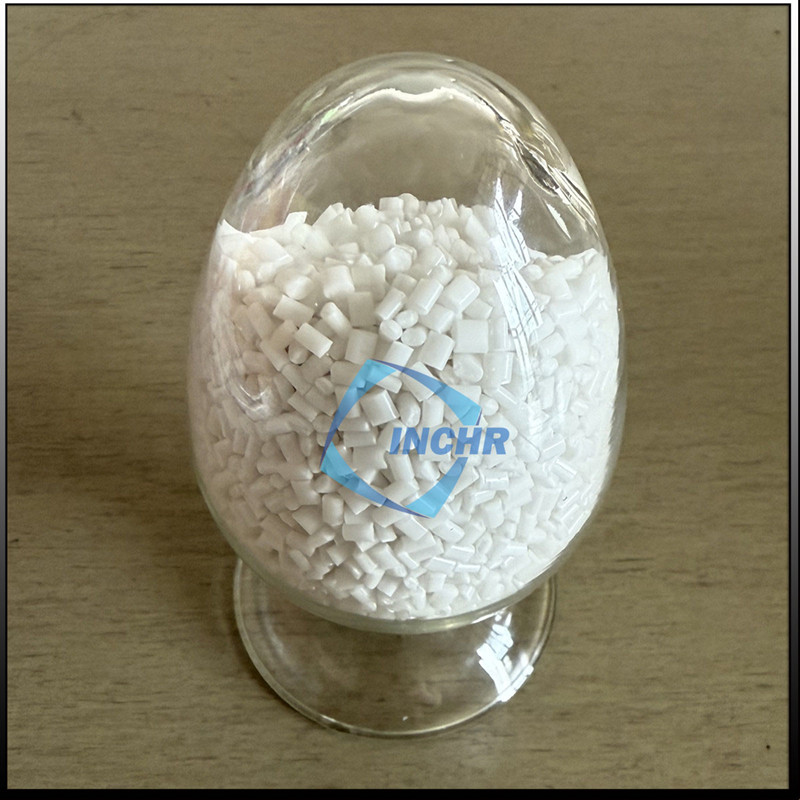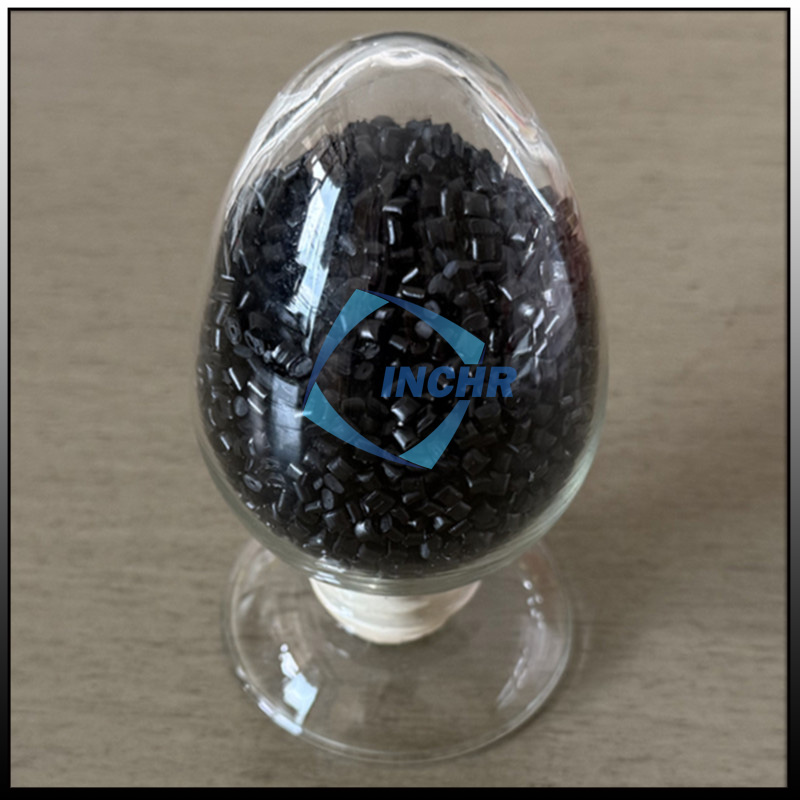The demand for high-performance plastic films continues to surge across industries, but manufacturers often face persistent challenges like film sticking, surface defects, and compromised clarity. INCHR@Anti block masterbatch | Product Catalog for PET films has emerged as a game-changing solution to these pain points. Let’s explore how this additive is reshaping modern production processes.

The Hidden Costs of Film Blocking In Manufacturing
Film blocking (layer adhesion) isn’t just a quality issue—it directly impacts profitability:
15-20% material waste from torn films during unwinding
30% slower line speeds to prevent jamming
Rejected batches due to haze or surface imperfections
Anti-blocking additives mitigate these losses by creating a controlled micro-textured surface, ensuring consistent layer separation without sacrificing optical properties.
Innovations In Anti Block Technology: Beyond Traditional Solutions
Modern masterbatches now address evolving industry needs:
Nano-Silica Hybrids
Ultra-fine particles (1-5µm) for ultra-thin films (<15µm)
Maintain >90% light transmission in packaging films
Bio-Based Additives
Compatible with PLA/PHA biodegradable resins
Meet EU Single-Use Plastics Directive requirements
Multi-Functional Blends
Combine anti-block + slip + anti-static properties
Reduce the total additive load by 40%
Industry-Specific Solutions: Tailoring Anti Block Masterbatches
1. Food packaging films
- FDA-compliant silica-based grades
- Zero migration formulations for direct food contact
- Custom COF ranges (0.2-0.8) for vertical vs. horizontal packaging
2. Medical films
- Sterilization-resistant grades (ETO, gamma-ray compatible)
- Low extractables for pharmaceutical blister packs
3. Electronics and electrical packaging films
- Electronic device casings and display protective films
4. Automotive industry films
- Automotive interior packaging films
Five Critical Mistakes To Avoid When Using Anti Block Additives
Ignoring Resin Melt Flow Index (MFI)
Mismatched MFI causes additive migration → blotchy films
Overdosing “Just to Be Safe”
Excess additive (>5%) increases haze and brittleness
Neglecting Storage Conditions
Moisture absorption degrades performance → use desiccant bags
Using Generic Grades for Specialty Films
High-speed CPP films require smaller particles vs. cast films
Skipping Pre-Production Trials
Always test at actual production speeds and temperatures
How To Measure Anti Block Performance: Key Metrics
Blocking Force (ASTM D3354): Target <100g/cm² for most films
Haze Value (ASTM D1003): Keep <5% for premium packaging
Coefficient of Friction (ASTM D1894):
Static COF: 0.4-0.6 (stacking stability)
Kinetic COF: 0.2-0.4 (machinability)
Future Trends: Where Anti Block Technology Is Headed
Smart Surface Engineering
pH-responsive additives for active packaging
Circular Economy Alignment
Masterbatches compatible with 50%+ recycled content
Digital Integration
IoT-enabled dosing systems for real-time COF adjustment
FAQs: Quick Answers For The Manufacturer INCHR
Q: Where is INCHR Company located?
INCHR: We are located in Guangdong Province, China.
Q: Can anti block masterbatch replace slip additives?
INCHR: Yes, it can—INCHR has a two-in-one grade, a mixture that is both anti block and slip, using hybrid grades for moderate COF reduction for <0.2.
Q: Is the PET anti block masterbatch suitable for food grade application?
INCHR: The masterbatch is food-grade compliant and comes with certification.
Q: How does temperature affect anti-block performance?
INCHR: Above 40°C, additive migration risks increase. Choose thermally stable grades (tested to 260°C).
Q: What’s the shelf life of anti-block concentrates?
INCHR: 12-18 months in sealed containers at <25°C.




